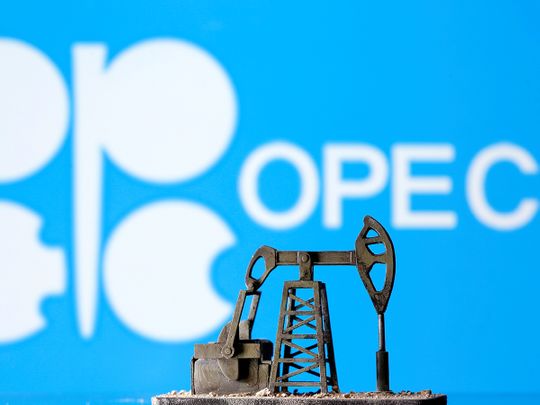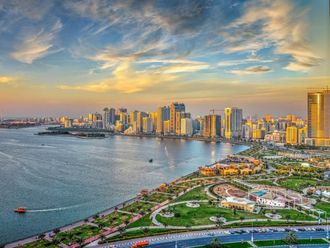
Abu Dhabi: Improved market conditions are helping to nudge oil demand back up, with Opec improving its forecast by 0.1 million barrels a day in its latest monthly report. Demand is now set to fall by 8.9 mbd this year compared to the previous 9.1 mbd drop.
“Better-than-expected data in the OECD (Organisation for Economic Cooperation and Development) region in second quarter 2020 slightly eased the historically steep drop,” the report notes. “And more than offset the downward adjustment, in non-OECD oil demand, mainly in Asia.
“While the market still finds itself in the midst of the crisis, gradual stabilisation is expected to begin in second-half of 2020, leading to a cautious forecast of renewed growth in the year to come.”
A mini rally
Oil prices have since early May rallied to the low $40 range as a result of steep production cuts by Opec+ and increased demand as global economies gradually reopened from lockdown.
Prices on Tuesday saw Brent crude at $42.40 and West Texas Intermediate (WTI) at $39.69 in the late afternoon hours in the UAE.
Wait until 2021
Opec said demand would see a major recovery next year, albeit still lower than pre-COVID times.
“Demand is forecast to show historic high growth of 7 mbd,” the report said. “Encouraging improvements in economic momentum are assumed to be the driving factors for increasing demand in 2021.
“In regional terms, the OECD is estimated to contribute around 3.5 mbd to growth, driven by positive developments in Americas.”
Oil markets will now be keeping a close eye on Wednesday’s Opec+ meeting, which will decide on whether to extend existing cuts or to start easing off and bringing 2 million barrels of oil back into the markets.
“If Opec+ proceeds to reduce production curtailments, this should not come as a surprise,” said Louise Dickson, Oil Markets analyst at Rystad Energy. “That was the plan on the first place and it should have already been priced in.
“Increasing the production was planned to coincide with an increase in demand. But COVID-19 is now putting a shadow over demand recovery, which is expected slower than what the market expected when the OPEC+ deal was in the making.
“Even if the plans proceed as agreed, Opec+ will still be cutting 7.7 mbd. That’s still a balancing power to keep prices healthy.”








